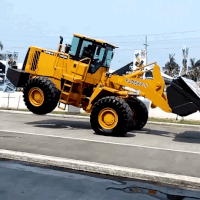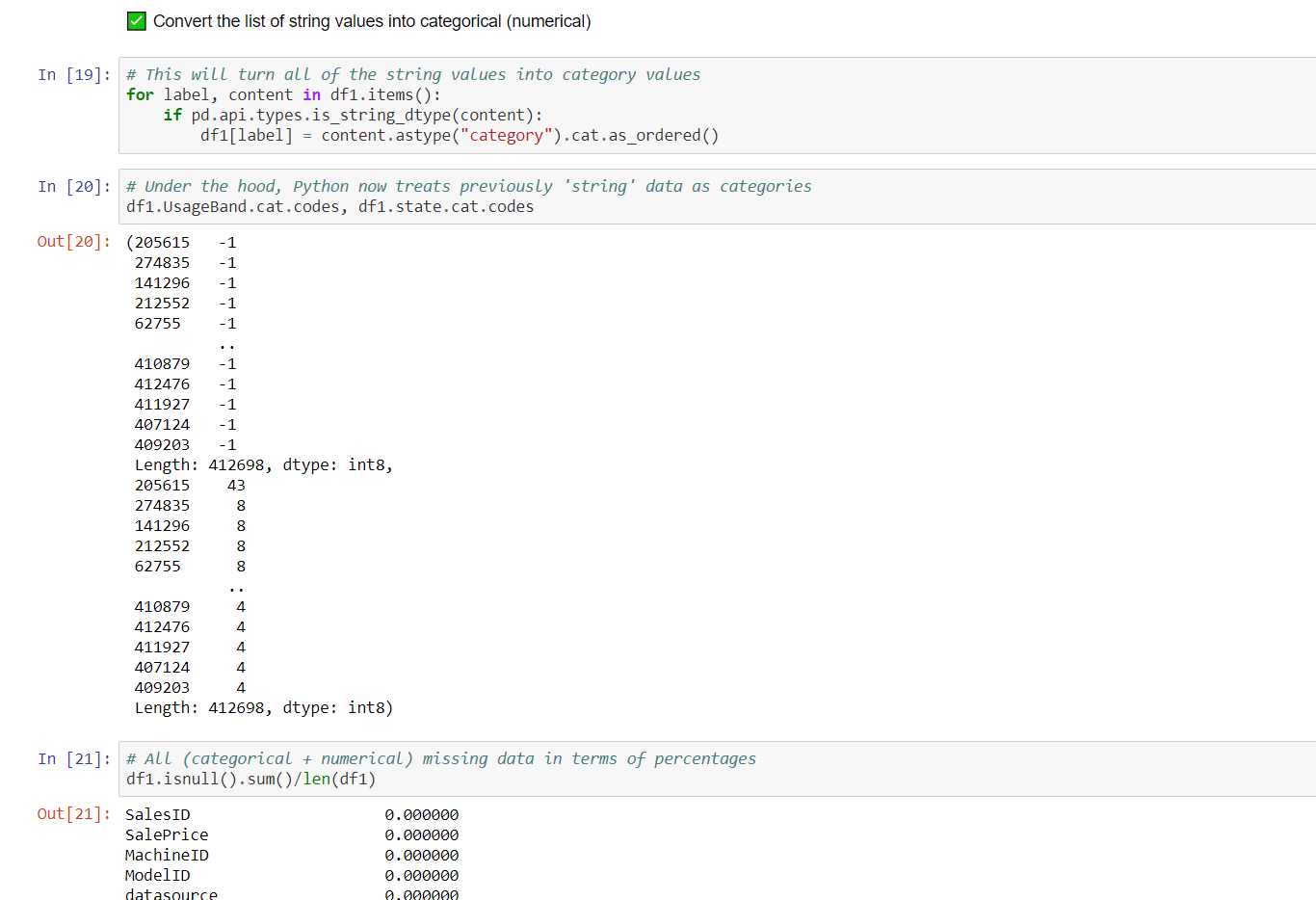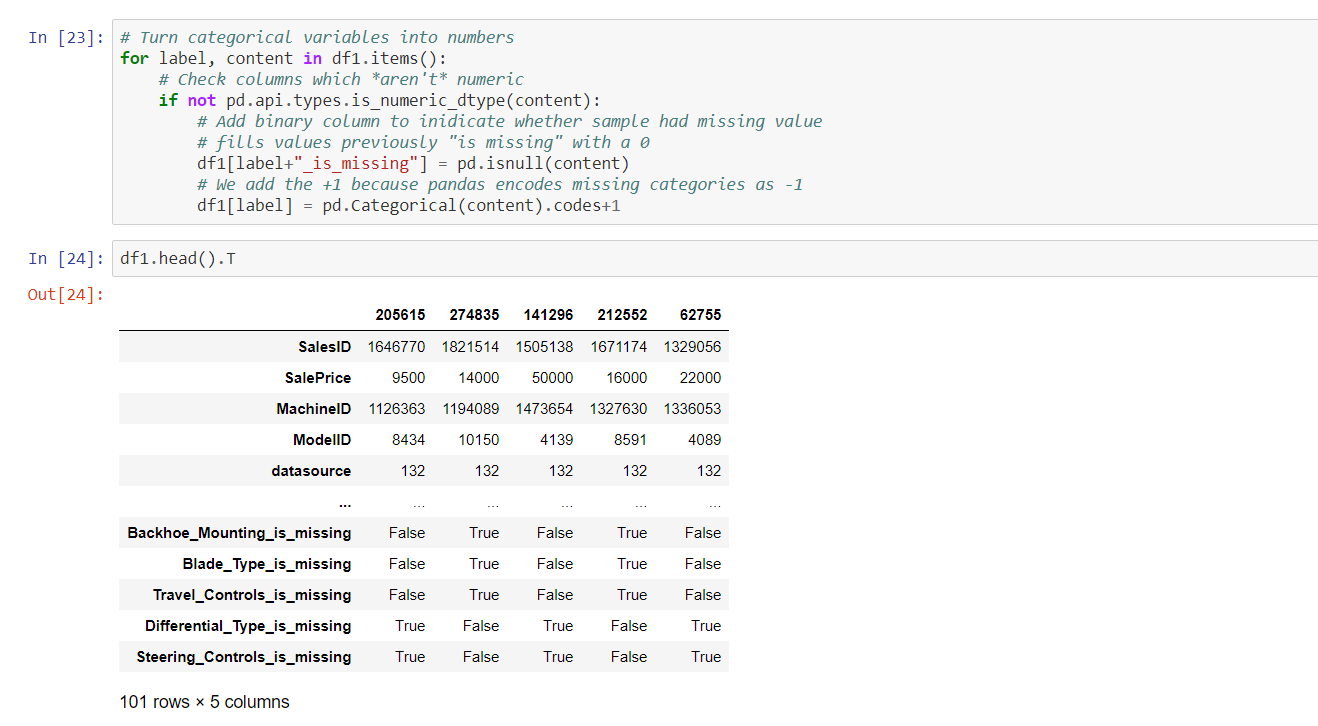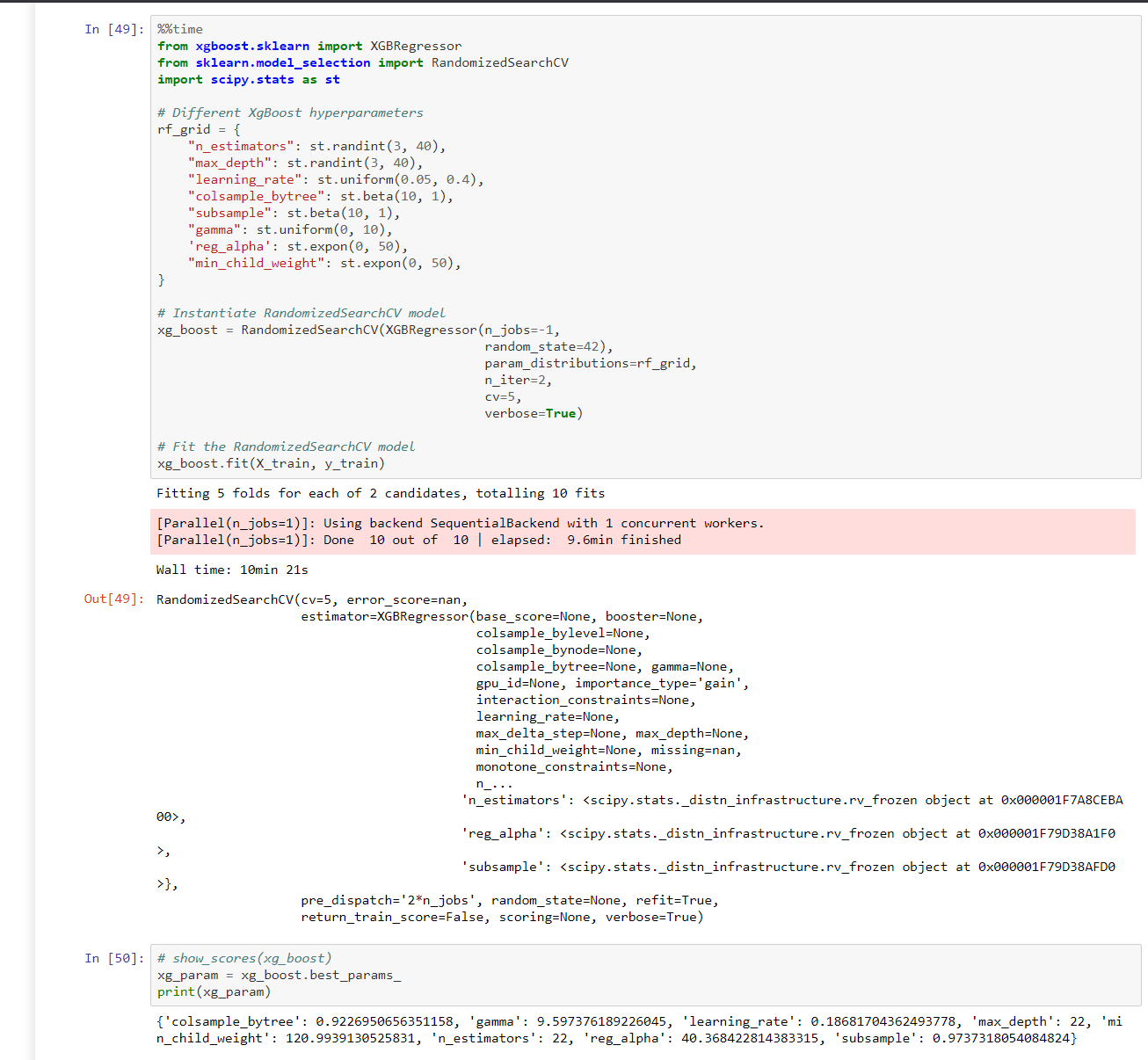Predictive Analytics for Bulldozer Pricing
Click HERE for entire analysis, predictions, and results

Overview
This project was originally a Kaggle competition aimed at predicting the future sales price of bulldozer models using past sales data. For prediction purposes, this was a regression-based problem where ultimately I decided to try both RandomForestRegressor and XgBoost models. This project showcases data wrangling and transformation skills (missing values, categorical features, structuring datatypes, and textual columns) in order to preprocess the data for modelling.
Data
Consists of Train.csv, Valid.csv, and Test.csv separated by dates downloaded from https://www.kaggle.com/c/bluebook-for-bulldozers/data
There are 3 main datasets:
- Train.csv is the training set, which contains data through the end of 2011.
- Valid.csv is the validation set, which contains data from January 1, 2012 - April 30, 2012 You make predictions on this set throughout the majority of the competition. Your score on this set is used to create the public leaderboard.
- Test.csv is the test set, which won’t be released until the last week of the competition. It contains data from May 1, 2012 - November 2012. Your score on the test set determines your final rank for the competition.
- For more on the evaluation of this project check: https://www.kaggle.com/c/bluebook-for-bulldozers/overview/evaluation
Exploratory Data Analysis

Handling missing values
filling with median
scikit-learn modelling
converting strings to integers:
converting categories to numerical:
This project consists of time-series based features where many instances of date-based feature engineering methods are used. In this instance, the training data preceeds 2012, validation data selected from 01/2012 - 04/2012, and the final testing data on 05/2012 - 11/2012.
Evaluation
How well can a prediction be made on the future sale price of a bulldozer, given its characteristics and previous sales? The evaluation metric for the machine learning model was based on RMSLE, a metric where a larger penalty is incurred if the predicted value is LESS THAN the actual value.
- Further specifics on the project evaluation can be found at https://www.kaggle.com/c/bluebook-for-bulldozers/overview/evaluation
RandomizedSearchCV for model tuning
XGBoostmodel scores and sample predictions:


Features List
Kaggle provides a data dictionary detailing all of the features of the dataset. It can be viewed on Google Sheets: https://docs.google.com/spreadsheets/d/18ly-bLR8sbDJLITkWG7ozKm8l3RyieQ2Fpgix-beSYI/edit?usp=sharing
Conclusion

To continue with future model deployment, feature selection should include the important features which contributed most to the sales prediction. Following hyperparameter tuning of the XGBoost the model was able to predict with ~79% accuracy and a RMSLE score of 0.24692 placing it within the top 30 Kaggle rank.





